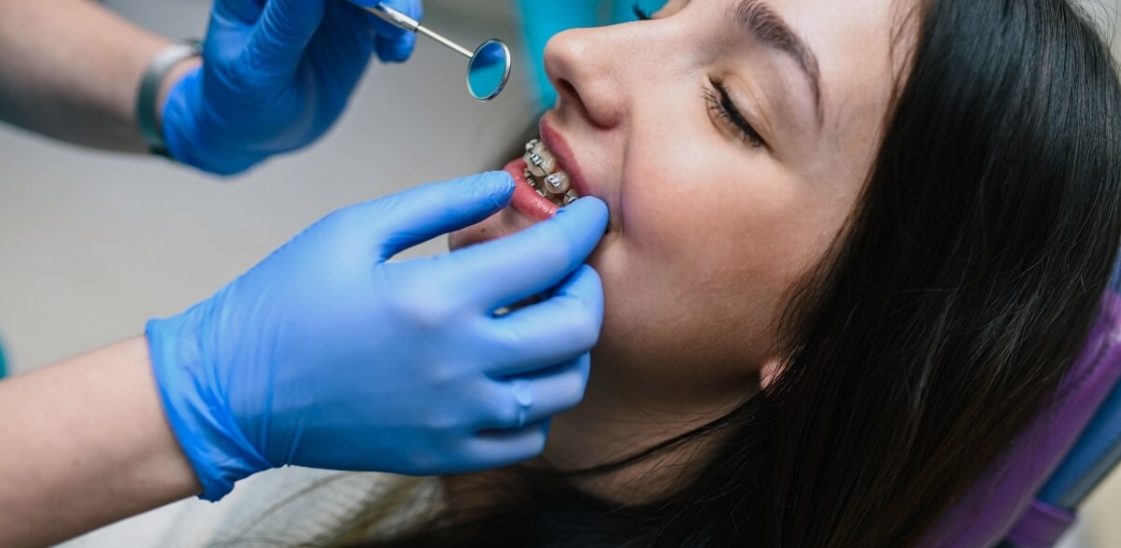
How do braces work?
The term braces covers a range of orthodontic devices that work to align and straighten your teeth. They can be used to fix problems such as crooked or overcrowded teeth, and some can help to reduce an overbite. Braces are usually made of metal or ceramic, with wires and elastic bands used to hold them in place – an orthodontist will fit them to your teeth.[1]
Do braces move your teeth every day?
Braces apply pressure to your teeth evenly to encourage them to move into a better position. Although this process is going on all day and all night while you’re wearing braces, it’s not noticeable after the first week or so – you probably won’t even realise the difference until you look at before and after pictures of your teeth.
This is because it is a gradual process and takes time to work. If you’re concerned about how much or how little your teeth appear to be moving while you’re wearing braces, speak to your dentist or orthodontist. They can advise you on what to expect.[1]
How are braces tightened?
When wearing braces, you’ll need to visit the orthodontist every four to 10 weeks to get them tightened. This is to make sure that the pressure is enough to move your teeth into place. Your orthodontist can tighten and loosen different parts of your braces to ensure a good fit, and they may also replace the elastic bands if necessary.[1]
How long do braces take to work?
Most people will wear braces for between one and three years, but how long treatment takes can depend on multiple factors. One factor is the amount of correction your teeth need. As a general rule, the more your teeth need to move, the longer the treatment will take.
Age is another factor that may affect how long your braces will take to work. Treatments may be shorter for teenagers as their jaws are still forming – their teeth may move easier in response to the pressure of the braces. Adult jawlines are less flexible and so the treatment may take longer.[1]
Do braces hurt?
The actual process of fitting braces and tweaking them in later appointments shouldn’t hurt, but you may experience some soreness for up to a week afterwards. This may feel like a dull, throbbing ache. If the pain lasts longer than a week, consult your dentist or orthodontist, as it could mean there’s a problem with the fit of your braces.
While you’re waiting for the pain to subside, there are some things you can do to try and soothe it so it doesn’t get in the way of your daily activities. Painkillers are one option – speak to a pharmacist to get advice on which type to use. You could also try to stick to liquid foods like soup for a few days. Using a straw can help keep liquids away from the area, reducing further pain.[1]
How to clean braces
As always, it’s important to maintain good dental hygiene when wearing braces. However, you should take extra care to avoid damage, as this may reduce their effectiveness and potentially cause injury. A dentist can provide a thorough teeth-cleaning at your appointment, but you still need to brush your teeth twice a day. So how can you clean your teeth with braces?
Using an electric toothbrush with a rotating head is recommended, as this can help to remove plaque quickly and efficiently. You can also use floss picks or interdental brushes to clean those hard to reach areas between your teeth and your braces – these are hotspots for plaque. Tongue scrapers, too, can help to boost the overall cleanliness of your mouth.[2]
Resources:
[1] https://www.nhs.uk/conditions/braces-and-orthodontics/
[2] https://www.nhs.uk/live-well/healthy-teeth-and-gums/how-to-keep-your-teeth-clean/




